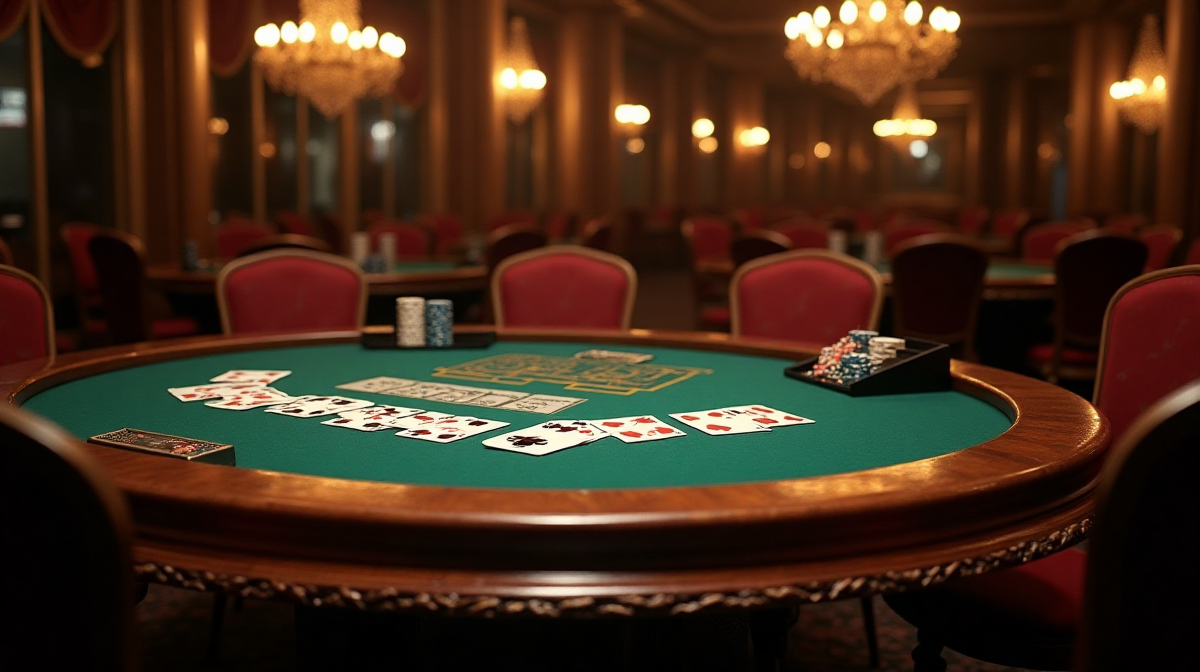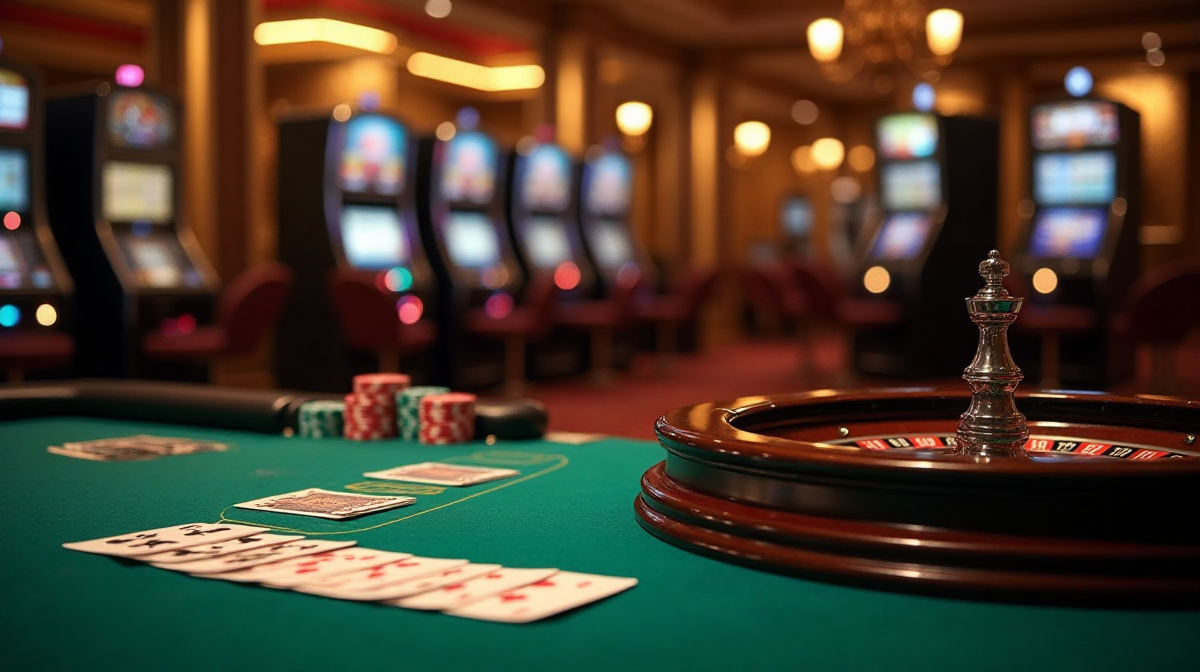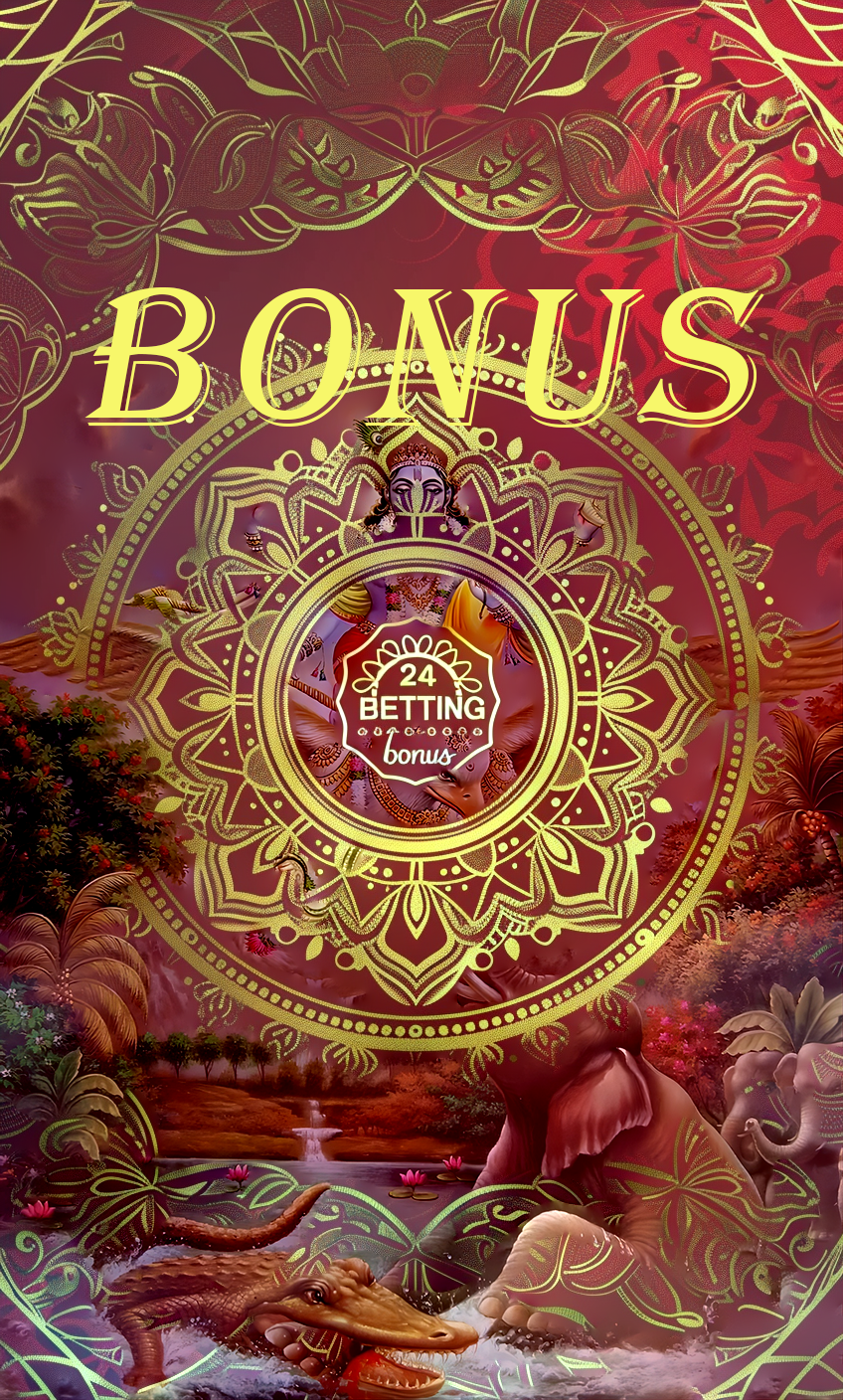Poker Face: Read Opponents Like a Pro
What is Reading in Poker? – Beyond Tells
In the captivating world of poker, success isn’t solely determined by the cards you hold. A crucial component is the art of reading your opponents. This goes far beyond simply spotting physical tells – the stereotypical actions like a shaky hand or avoiding eye contact. Reading encompasses a comprehensive understanding of your opponents’ tendencies, betting patterns, and psychological states. It's about constructing a narrative based on observed behavior to estimate the strength of their hand and predict their future actions. It's a skill that separates casual players from those who consistently win, potentially even improving your chances when considering strategies like juventus bet tips.
Why is Reading Opponents Crucial for Success?
The ability to accurately read opponents allows you to make more informed decisions. Knowing whether an opponent is likely bluffing, holding a strong hand, or simply indecisive dramatically improves your chances of maximizing value when you have the best hand and minimizing losses when you don’t. Without this skill, you're essentially playing in the dark, relying on luck rather than strategy. For those venturing into online betting, understanding this concept can translate to more informed choices, even when considering platforms offering odds on events like a juventus bet.
Dispelling Myths About Poker Face & Reads
The image of the stoic poker player with an impenetrable poker face is a classic, but often misleading. While maintaining a consistent demeanor is important, reading isn’t about detecting one single giveaway. It’s about recognizing patterns and inconsistencies. Furthermore, relying solely on “tells” can be a trap. Experienced players are aware of these and can intentionally use reverse tells to mislead you. Effective reading is a nuanced process that requires constant observation, analysis, and adaptation. And let’s be clear, even the best players aren't always right – it's about tilting the odds in your favor.
Understanding Player Types & Tendencies
The Tight-Passive Player – Exploiting Weakness
These players rarely play hands and when they do, they usually bet for value. Exploiting them is relatively straightforward: bet when you have a strong hand and bluff them when they show weakness. They are easily intimidated and rarely call large bets without a very strong hand. Knowing this can influence how you approach betting, even when looking for juventus-bet tips for outside interests.
The Loose-Passive Player – Value Betting Strategies
Calling stations play a lot of hands and rarely fold, even with weak holdings. The best strategy against these players is to bet for value relentlessly when you have a strong hand. Avoid bluffing them, as they are likely to call down with anything.
The Tight-Aggressive Player – Recognizing Strength & Adjusting
TAGs play relatively few hands but play them aggressively when they do. They are the most common and challenging type of player. You need to be cautious against them and carefully analyze their betting patterns to determine whether they are betting for value or bluffing.
The Loose-Aggressive Player – Handling Aggression & Bluffing
LAGs play a lot of hands and play them aggressively. They are unpredictable and can be very dangerous. You need to be prepared to call their bluffs and exploit their loose play when opportunities arise. Understanding how to play poker against this type is key to survival.
Recognizing Mixed Styles & Adapting
Most players don't fit neatly into one category. They often exhibit a mix of tendencies. The key is to be observant and adapt your strategy accordingly. Pay attention to how they play in different situations and adjust your approach based on their specific behaviors.

Verbal Tells: Listening for Clues
Tone of Voice & Speech Patterns – Detecting Nervousness & Confidence
Subtle changes in tone of voice and speech patterns can reveal a lot about an opponent's hand. A shaky voice or rapid speech might indicate nervousness, while a confident and measured tone could signal a strong hand.
Questioning Strategies – Eliciting Information & Spotting Lies
Pay attention to how opponents ask questions. Do they ask leading questions designed to confirm their assumptions, or are they genuinely seeking information? Inconsistencies in their questioning can be a sign of deception.
Small Talk & Banter – Observing Behavioral Changes
Observe how opponents behave during small talk and banter. Do they become more withdrawn or agitated when discussing the hand? Changes in their usual demeanor can be revealing.
The Significance of Hesitation & Word Choice
Hesitation before making a bet or using vague language can indicate uncertainty or a bluff. Conversely, decisive speech and specific language can signal confidence.

Physical Tells: Deconstructing Body Language
Eye Movement & Gaze – Identifying Bluffing & Focus
Watch for changes in eye movement and gaze. Avoiding eye contact or staring intently can be indicative of bluffing or intense focus, respectively.
Hand Gestures & Fidgeting – Anxiety & Strength Indicators
Fidgeting and nervous hand gestures can indicate anxiety, while calm and deliberate gestures might suggest a strong hand.
Posture & Body Orientation – Assessing Comfort & Deception
Observe an opponent's posture and body orientation. Are they leaning forward, engaged in the hand, or leaning back, appearing detached? Changes in posture can reveal their level of comfort and potential deception.
Breathing & Physiological Responses – Subtle Clues to Emotional State
Subtle changes in breathing rate and other physiological responses can be difficult to detect, but can provide valuable clues about an opponent's emotional state.
Microexpressions – Recognizing Fleeting Emotional Signals
Microexpressions are fleeting, involuntary facial expressions that reveal a person's true emotions. Learning to recognize these subtle cues can be extremely valuable in reading opponents.
Betting Patterns as Tells
Bet Sizing – Differentiating Value Bets & Bluffs
The size of a bet can be a strong indicator of its intent. Value bets are typically larger, while bluffs are often smaller.
Timing Tells – The Speed of Decision-Making
The speed at which an opponent makes a decision can also be revealing. Quick bets often indicate a strong hand, while slow plays can be a sign of a bluff or a marginal hand.
Continuation Bets – Identifying Weakness or Strength
A continuation bet (c-bet) is a bet made on the flop by the pre-flop aggressor. The frequency and size of c-bets can reveal a lot about an opponent's hand.
Check-Raising – Analyzing Intent & Range
Check-raising is a powerful move that can be used for both value and bluffing. Analyzing the opponent's range and the board texture is crucial for determining their intent.
Overbetting & Underbetting – Psychological Implications
Overbetting (betting more than the pot size) is often used as a bluff to intimidate opponents. Underbetting (betting less than half the pot size) can be a sign of weakness or a trap.
Mastering Table Image & Perception
Creating a Consistent Image – Controlling How Opponents See You
Controlling your own table image is crucial. Developing a consistent playing style allows you to manipulate your opponents' perceptions.
Exploiting Your Own Image – Using Perception to Your Advantage
Once you've established a table image, you can exploit it to your advantage. For example, if you've been playing tightly, you can get away with more bluffs.
Misdirection & Leveling – Advanced Reading Techniques
Misdirection involves intentionally misleading your opponents about your hand. Leveling is the process of thinking about what your opponent is thinking about your hand.
Adjusting to Table Dynamics – Recognizing Changing Group Behavior
Table dynamics can shift throughout a session. Pay attention to how the group is playing and adjust your strategy accordingly.
Practice & Refinement: Developing Your Reading Skills
Observing & Analyzing – Active Observation Techniques
The cornerstone of reading opponents is active observation. Pay attention to everything – verbal tells, physical tells, betting patterns, and table image.
Reviewing Hands & Identifying Missed Tells
Reviewing your hands after a session can help you identify missed tells and improve your reading skills.
Utilizing Poker Tracking Software – Statistical Analysis to Support Reads
Poker tracking software can provide valuable statistical data that can support your reads.
Live Game Practice – Applying Skills in Real-Time Scenarios
The best way to hone your reading skills is to practice in live games.
Avoiding Confirmation Bias – Objective Assessment is Key
Be aware of confirmation bias – the tendency to interpret information in a way that confirms your existing beliefs. Strive for objective assessment.
Ethical Considerations & Responsible Play
The Line Between Reading & Exploitation – Respectful Game Play
Reading opponents is a legitimate part of poker, but there's a line between reading and exploitation. Avoid intentionally targeting vulnerable players or engaging in predatory behavior.
Avoiding Excessive Focus on Tells – Maintaining a Balanced Strategy
Don’t rely too heavily on tells. They are just one piece of the puzzle. Maintain a balanced strategy that incorporates pot odds, hand strength, and position. Remember, even with sophisticated analysis, considering external factors like detailed juventus bet odds can offer diverse insights.
Recognizing Your Limitations – Knowing When Not to Force a Read
Sometimes, you simply won’t have enough information to make an accurate read. In those cases, it’s better to err on the side of caution and make a conservative decision. Remember to practice responsible gambling and understand how to play poker responsibly.

